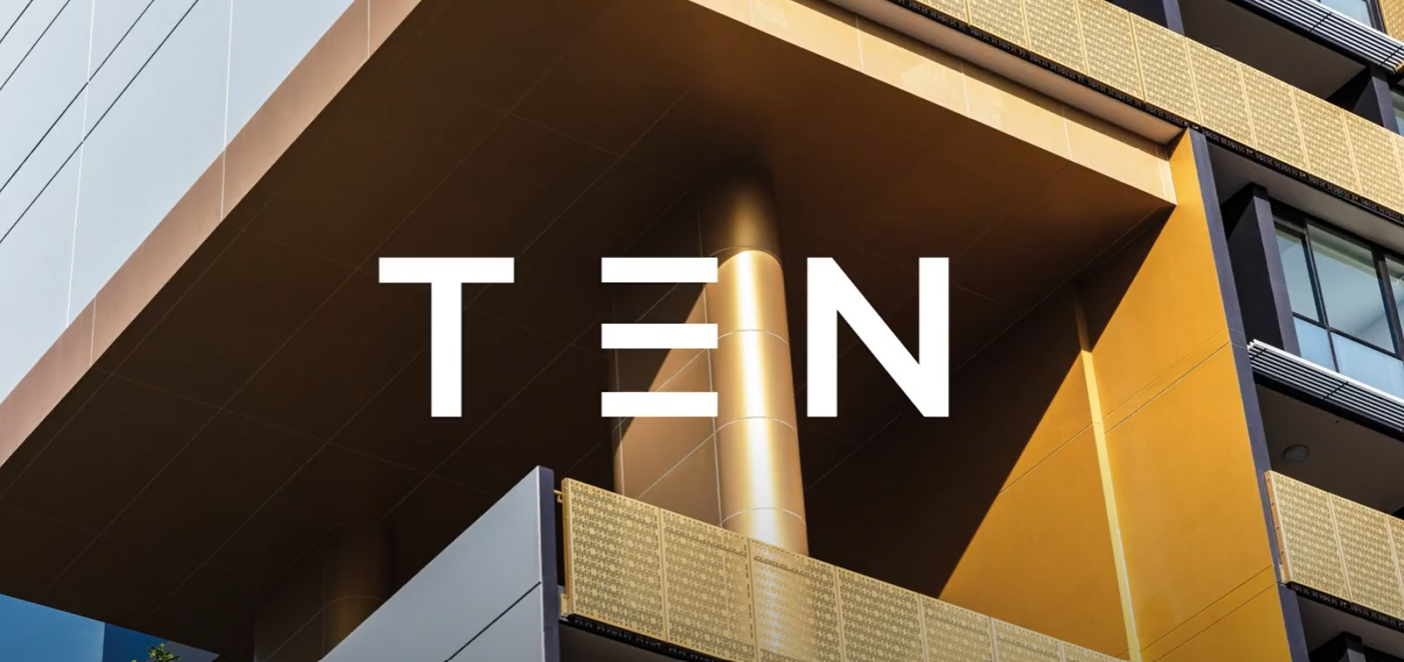
When choosing building materials, the focus is typically on performance, aesthetics, and cost. One of the easiest ways to make a major statement in a kitchen or bathroom is by installing a stunning benchtop that becomes the focal point of the room.
There are two primary materials to choose from when looking for premium kitchen benchtops: natural stone and engineered quartz. What is the difference between natural stone and engineered quartz?
Natural stone is stone found in nature such as granite and marble and formed by natural processes. Natural stone is a lot more brittle than engineered quartz. It is also naturally porous which means it absorbs all liquids and is affected by acidic spills such as wine and juices. All spills need to be cleaned up immediately to avoid damaging or staining the stone.
Engineered quartz is also referred to as quartz. Quartz has a rich, stone-like appearance and a rock-solid feel. It’s been used for benchtops since the 1980s but has only recently become a go-to kitchen trend. Known for its durability, cutting-edge design, and flexibility, quartz became the latest sustainable and environmentally friendly alternative to marble and natural stone finishes.
Today, sustainable building is about meeting present day health and safety needs with more Australians putting a premium on eco-friendly, safe and zero health risks products into their homes.
How is quartz made?
Modern quartz benchtops contain 90% quartz – making it an extremely hard wearing, practical and highly versatile surface.
The natural quartz material comes directly from the earth and is readily available. It is one of the most abundant minerals on the planet, which makes it far more accessible as well as easy to mine.
To make a standard quartz benchtop, the quartz is mined in small pieces and mixed with durable resins. While it is being mixed, other pigments and stones may be added. This could include natural stone or glass. By adding these elements, it is possible to create a pattern within the surface.
In some cases, antibacterial properties are also added during the manufacturing process. This is intended to make the benchtop ready for food preparation.
The capability to offer consistency of design, colours, and patterns – that natural stone cannot provide – allow designers to achieve a uniform aesthetic across an interior space.
 ▲Palazzo by Quantum Quartz
▲Palazzo by Quantum Quartz
Is quartz sustainable and safe?
Although quartz is engineered stone, it offers many environmental advantages that are worth considering.
Quartz material can be created from local and recycled minerals so it’s more environmentally friendly than materials such as granite. Quartz is extremely low maintenance, ultra-hygienic (its nonporous nature resists and prevents bacteria build-up), and the surface remains in immaculate condition for years.
When being processed, quartz does not need special handling. Therefore, fewer pieces are damaged or lost during the process, which contributes to minimising the wastage. Quartz also features a longer replacement life and is even recyclable.
Quartz is a high-quality engineered stone product that is certified compliant with the international Health and Safety Foundation sanitary standard (NSF) ensuring that it is safe for use in all food environments.
Green approach
The built environment and the property industry has the power to shape social and economic growth whilst minimising environmental impacts. And apartment living is often considered to be more sustainably efficient than other dwellings when it comes to reduction in carbon footprint, cost-effectiveness, and minimum maintenance.
At Piety Group, we carefully consider each environment in which we are building, the choice of material for longevity, and the project composition based on market demand. This is why we use Quantum Quartz’s latest technology in kitchen and bathroom benchtops in our development, The Halston, in North Strathfield.
Visit our display gallery to experience the beauty of quartz in person.


